In the vast tapestry of Earth's history, microfossils serve as tiny but invaluable windows into the distant past. These microscopic remnants of ancient life, often no larger than a grain of sand, hold secrets of ecosystems that flourished millions of years ago. Unlike their larger counterparts, which dominate museum displays, microfossils require the keen eye of a microscope to reveal their intricate details. Yet, their small size belies their immense scientific significance.
The study of microfossils has revolutionized our understanding of early animal evolution. These minuscule fossils, often preserved in marine sediments, include the remains of single-celled organisms, tiny invertebrates, and even the larval stages of larger creatures. Through advanced imaging techniques, paleontologists can reconstruct the morphology and behavior of organisms that lived long before the age of dinosaurs. What emerges is a vivid picture of a world teeming with microscopic life, where even the smallest creatures played pivotal roles in shaping the planet's biological and geological history.
Unlocking the Secrets of Ancient Oceans
Marine microfossils, in particular, offer a treasure trove of information about prehistoric oceans. Foraminifera, radiolarians, and diatoms—microscopic organisms with intricate shells—dominated ancient marine ecosystems. Their fossilized remains provide clues about ocean temperatures, salinity, and even the levels of atmospheric carbon dioxide from bygone eras. By analyzing the chemical composition of these microfossils, scientists can piece together the environmental conditions that existed hundreds of millions of years ago.
One of the most fascinating aspects of marine microfossils is their role in biostratigraphy. Because many species evolved rapidly and existed for relatively short geological periods, their fossils serve as precise markers for dating rock layers. This has allowed researchers to correlate sedimentary deposits across continents, creating a global timeline of Earth's history. Without these microscopic timekeepers, our understanding of geological and evolutionary events would be far less precise.
The Rise of Early Animal Life
Microfossils have also shed light on the origins of multicellular animal life. The Ediacaran period, which preceded the Cambrian explosion, was once considered a biological enigma. However, the discovery of microfossils from this era has revealed a diverse array of early animals, some of which may represent the earliest ancestors of modern phyla. These findings challenge traditional views about the pace and nature of early animal evolution.
Among the most intriguing microfossils are those that preserve the earliest evidence of animal embryos. Discovered in ancient phosphate deposits, these tiny spherical structures provide a rare glimpse into the reproductive strategies of Earth's first animals. Some specimens even show signs of cell division, offering unprecedented insights into developmental processes that occurred over half a billion years ago.
Technological Advances in Microfossil Research
The field of micropaleontology has been transformed by technological advancements. High-resolution microscopy, CT scanning, and synchrotron imaging now allow scientists to examine microfossils in three dimensions without damaging the specimens. These techniques have revealed astonishing details, such as the internal structures of ancient microorganisms and the delicate appendages of tiny arthropods that would have been invisible to earlier researchers.
Another breakthrough has been the application of geochemical analysis to microfossils. By studying isotopic ratios and trace elements within these fossils, scientists can infer metabolic processes and ecological relationships that existed in ancient ecosystems. This molecular-level information complements the morphological data, painting a more complete picture of life in the distant past.
Microfossils and the Search for Extraterrestrial Life
The study of microfossils has even extended beyond our planet. As scientists search for evidence of life on Mars or other celestial bodies, microfossils serve as a model for what primitive extraterrestrial life might look like. The extreme environments where some microfossils are found on Earth—such as deep-sea hydrothermal vents or Antarctic ice—provide analogs for potential habitats on other worlds.
This interdisciplinary approach has led to the development of new protocols for detecting microscopic life in extraterrestrial samples. If life ever existed elsewhere in our solar system, it may have left behind microfossils similar to those we find in Earth's oldest rocks. The techniques honed by micropaleontologists could one day prove crucial in making one of science's greatest discoveries.
Preserving a Fragile Record
Despite their durability over geological timescales, microfossils face threats in the modern world. Acidification of oceans, pollution, and climate change may be altering the conditions that allow for their preservation in contemporary sediments. Additionally, many microfossil-bearing formations are vulnerable to destruction from mining and urban development.
Paleontologists emphasize the need for conservation efforts to protect these irreplaceable archives of life's history. Museums and research institutions are working to create comprehensive digital repositories of microfossil collections, ensuring that this knowledge remains accessible even if physical specimens are lost. These efforts highlight the ongoing importance of these microscopic time capsules for understanding both our past and our future.
As technology continues to advance, the study of microfossils promises to yield even more astonishing discoveries about the ancient animal world. These microscopic remnants, often overlooked by the untrained eye, continue to reshape our understanding of life's incredible journey on Earth. From the depths of ancient oceans to the potential for life on other planets, microfossils remain one of science's most powerful tools for exploring the mysteries of biological history.
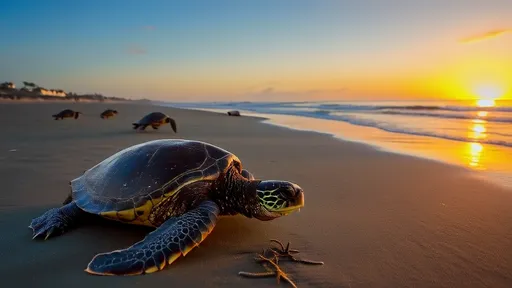
By /Jul 7, 2025
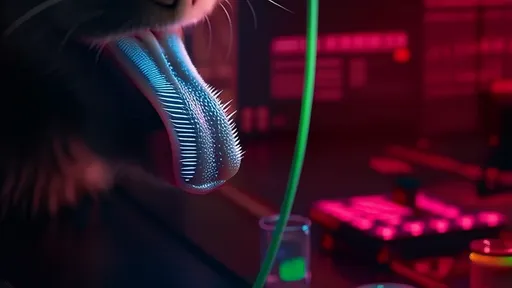
By /Jul 7, 2025
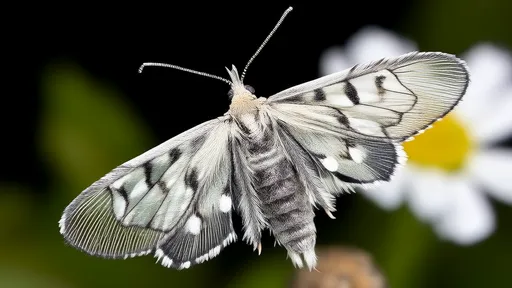
By /Jul 7, 2025
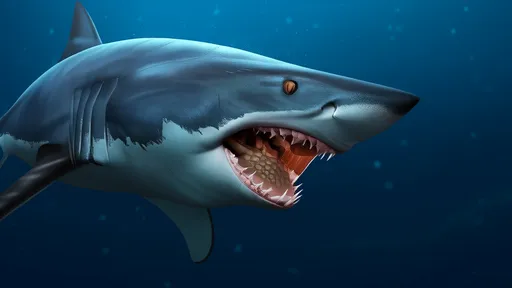
By /Jul 7, 2025
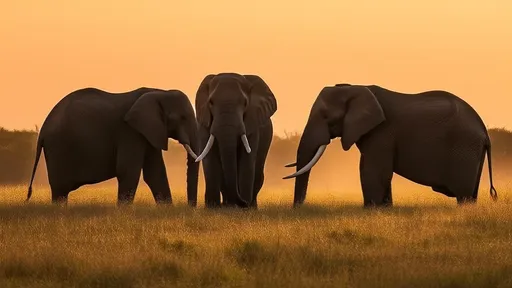
By /Jul 7, 2025
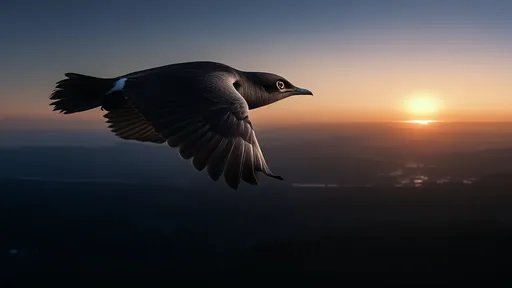
By /Jul 7, 2025
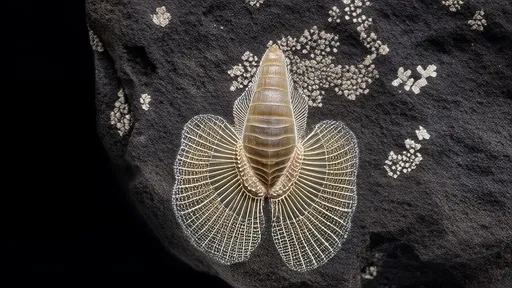
By /Jul 7, 2025

By /Jul 7, 2025
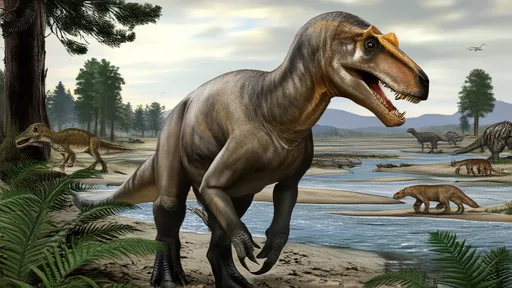
By /Jul 7, 2025
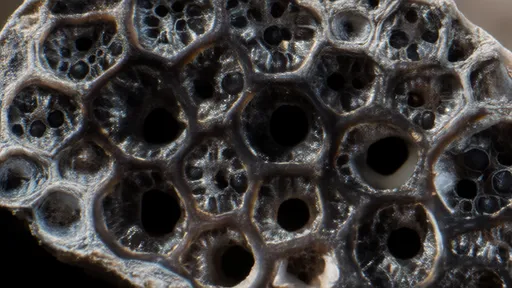
By /Jul 7, 2025
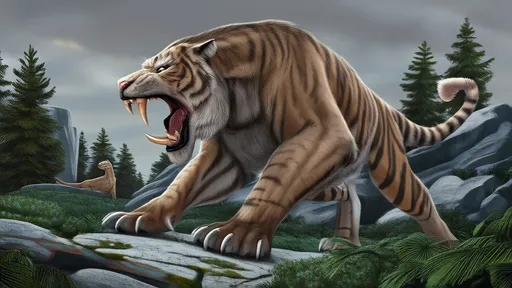
By /Jul 7, 2025
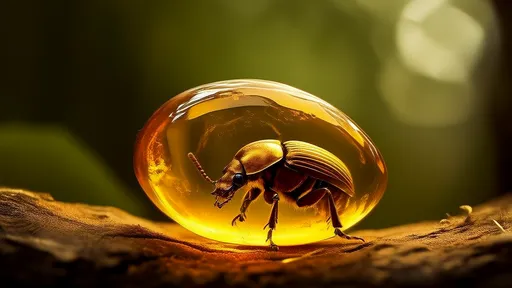
By /Jul 7, 2025
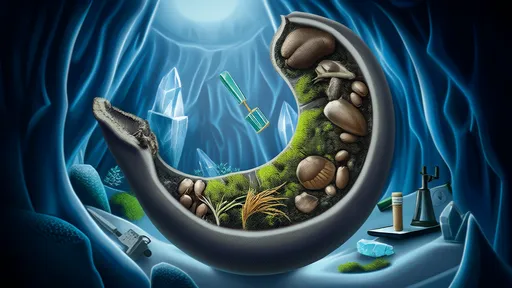
By /Jul 7, 2025
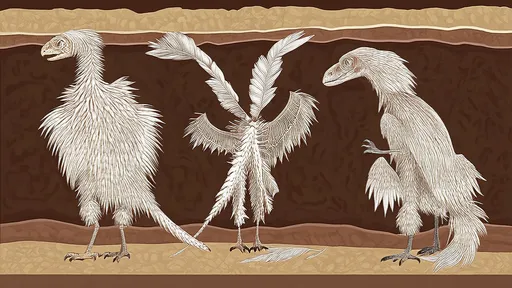
By /Jul 7, 2025
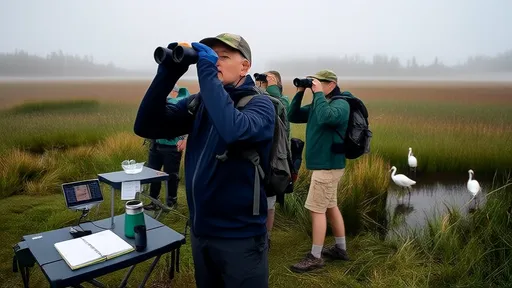
By /Jul 7, 2025

By /Jul 7, 2025
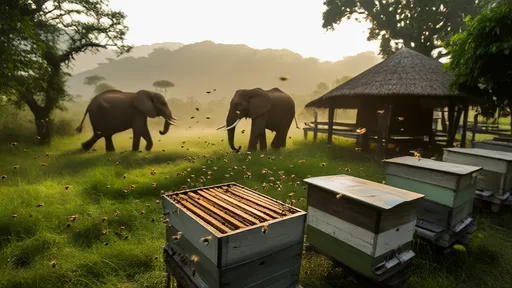
By /Jul 7, 2025
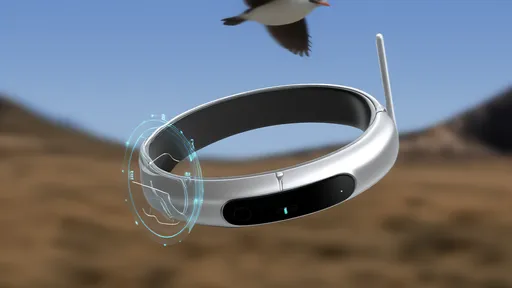
By /Jul 7, 2025